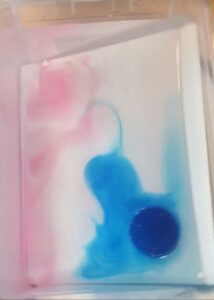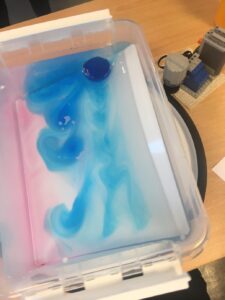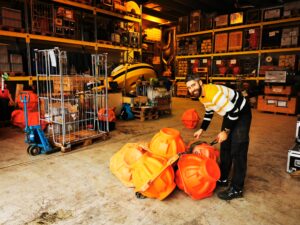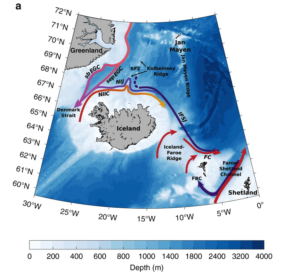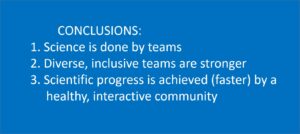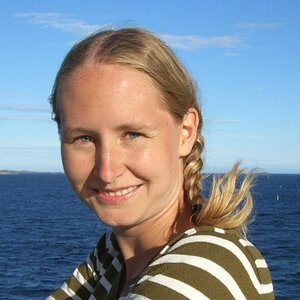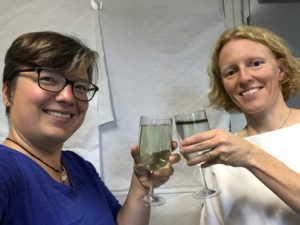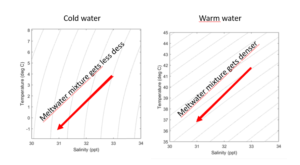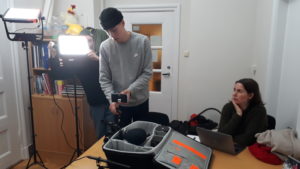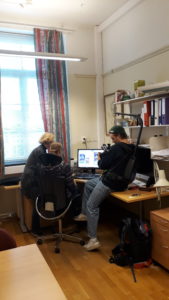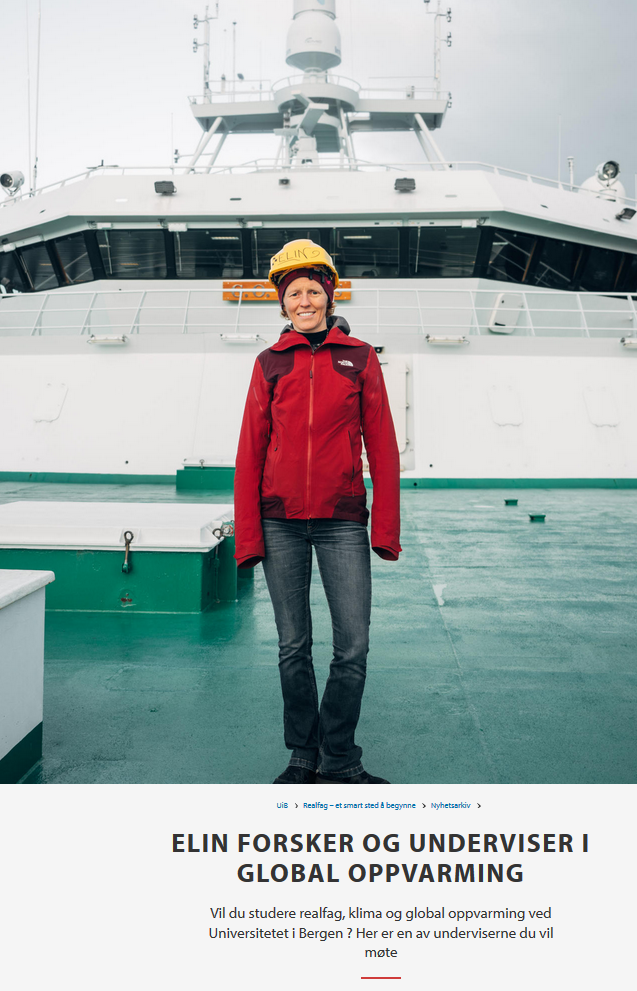December first is not only the day when you are supposed to change the batteries in the fire alarms (did you?) – it is also Antarctica day! To celebrate that I asked Nadine and Kjersti to send me their favorite photos from Antarctica – so please enjoy!
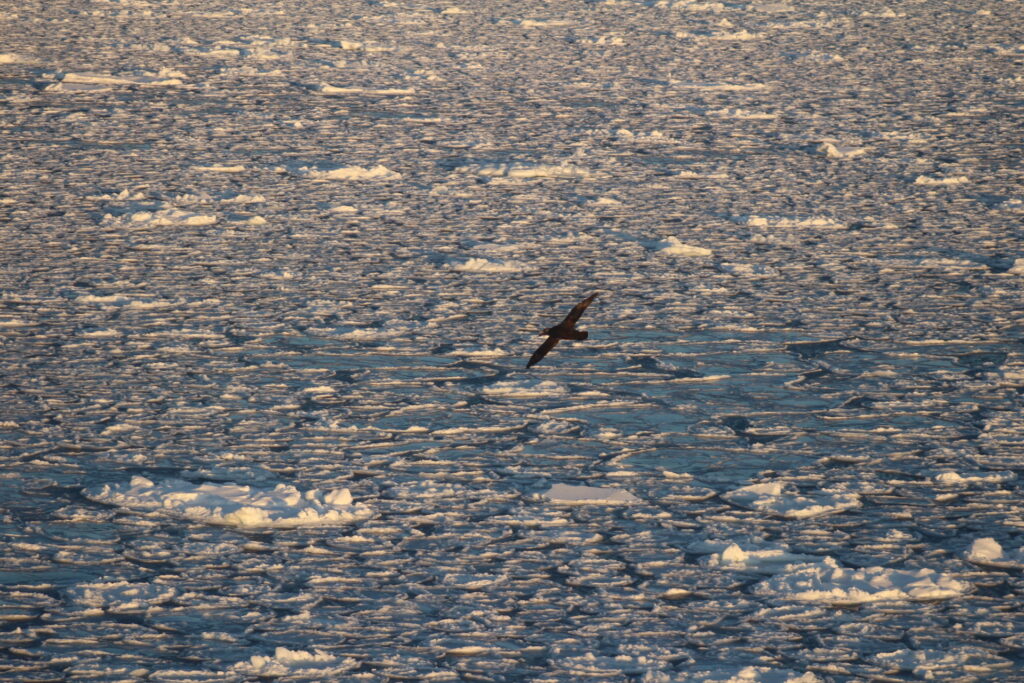
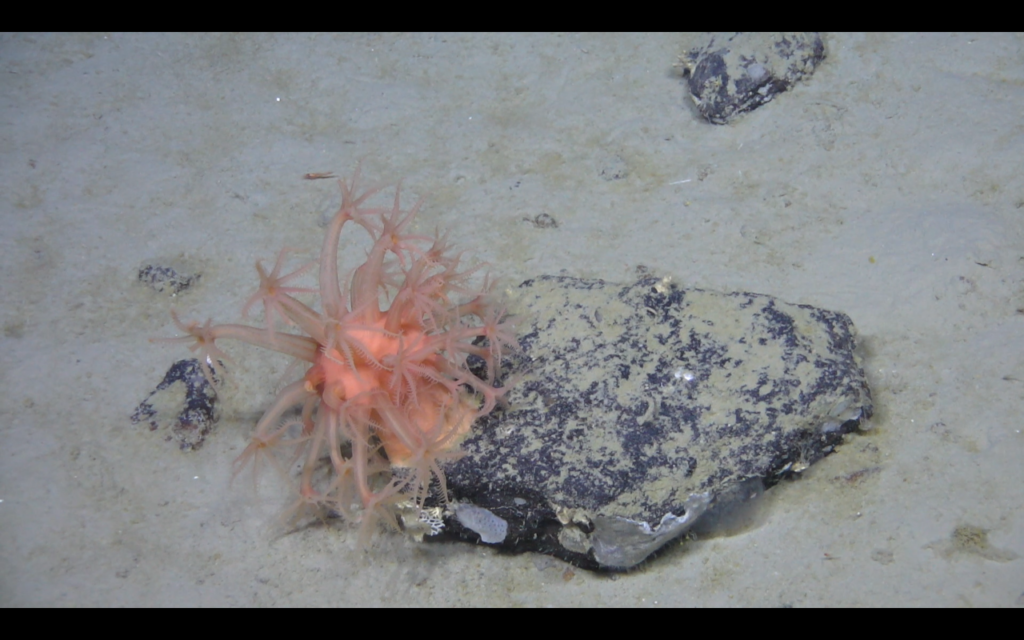
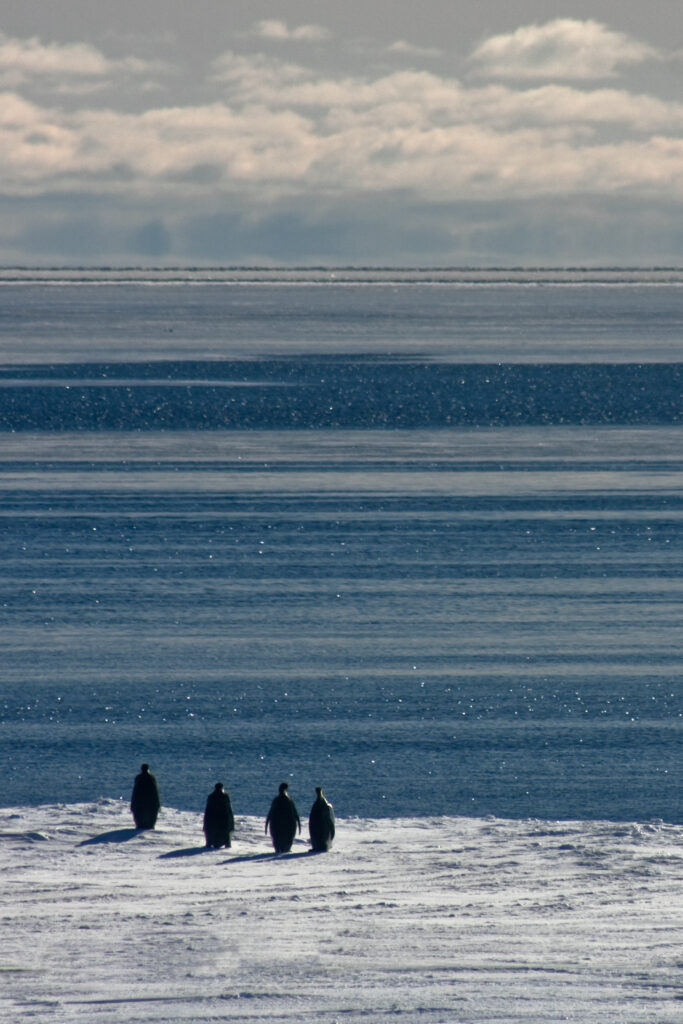
I managed to get my favorite icebergs down to these two…
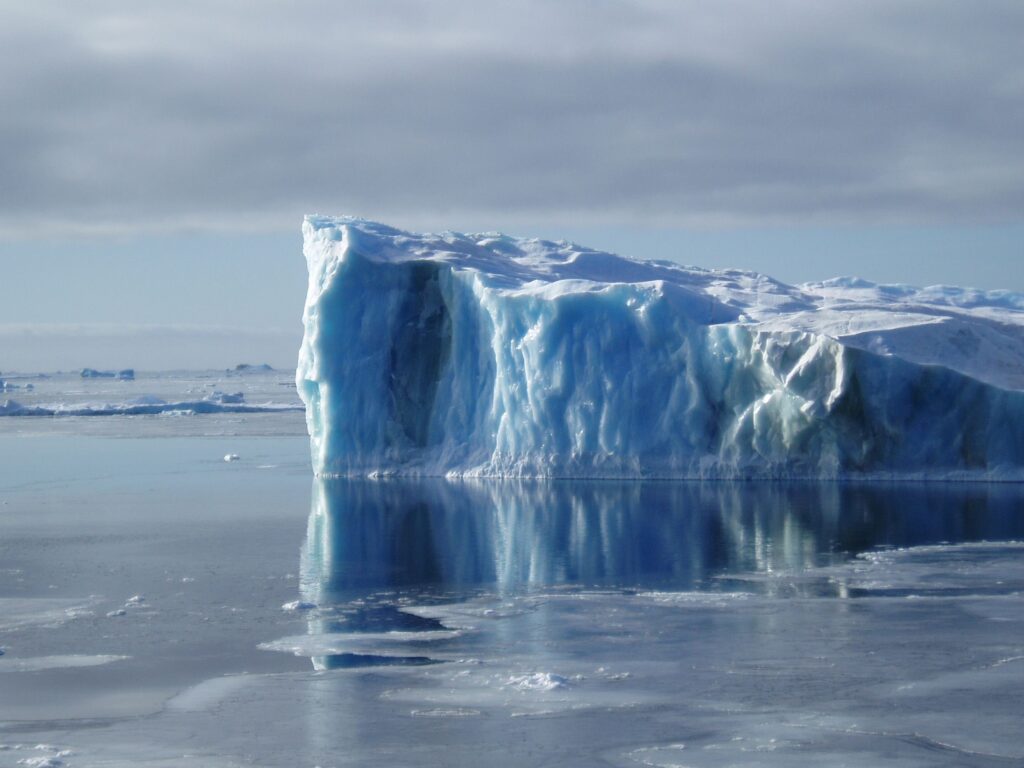 Photo: E. Darelius
Photo: E. Darelius Photo: E. Darelius
Photo: E. Darelius
… but it was just impossible to chose between the penguins – so here’s a bunch of them!
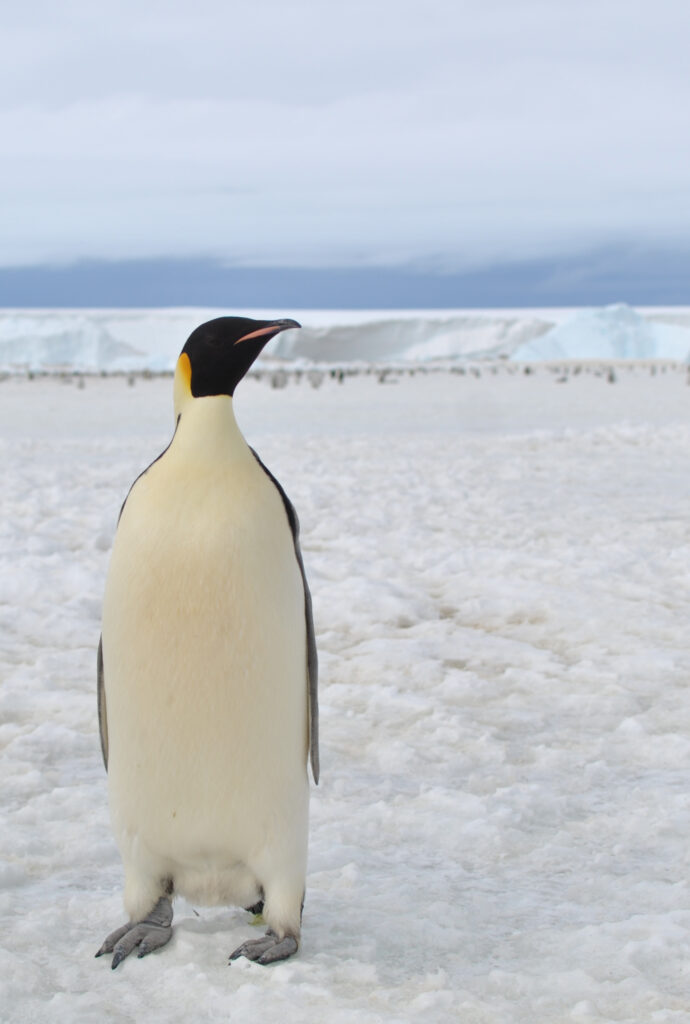 Photo: E. Darelius
Photo: E. Darelius
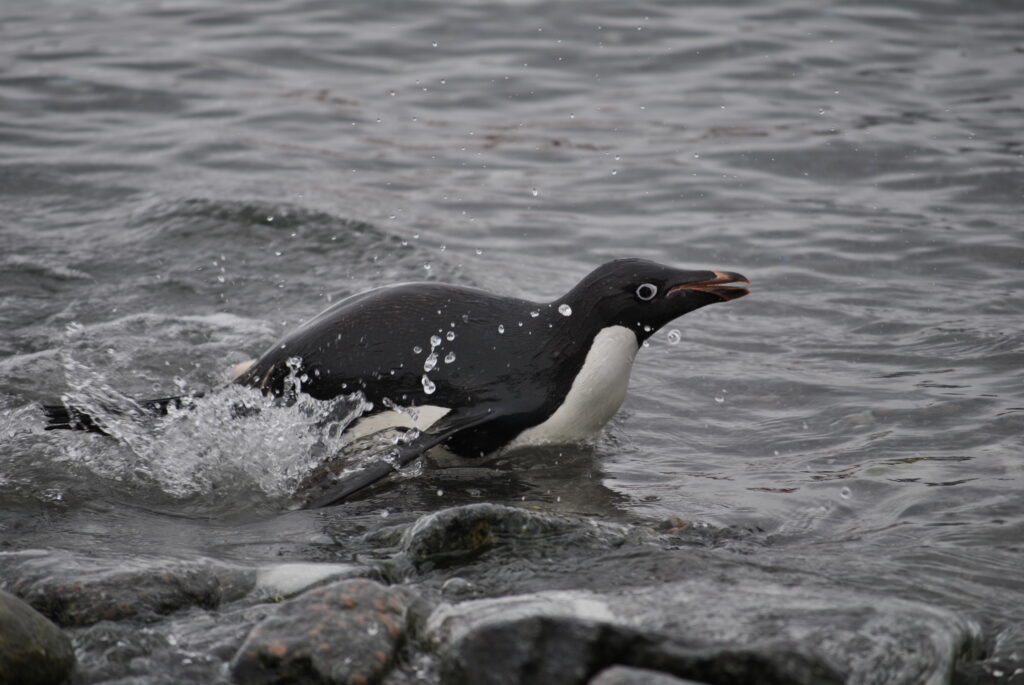 Photo: E. Darelius
Photo: E. Darelius
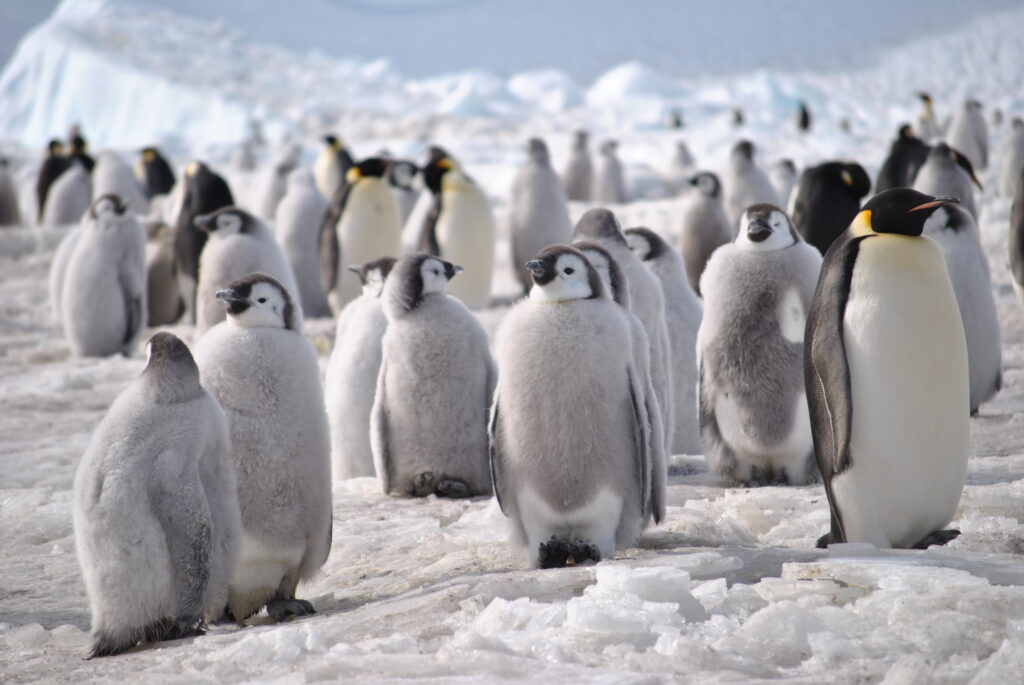 Photo: E. Darelius
Photo: E. Darelius
 Photo: E. Darelius
Photo: E. Darelius
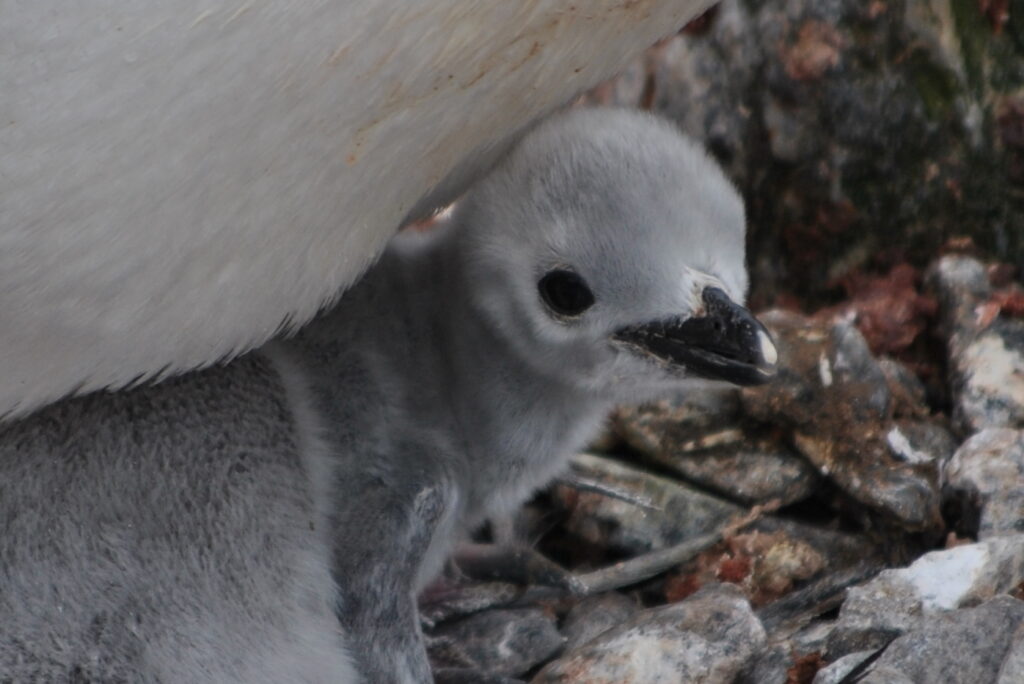 Photo: E. Darelius
Photo: E. Darelius
 Photo: E. Darelius
Photo: E. Darelius
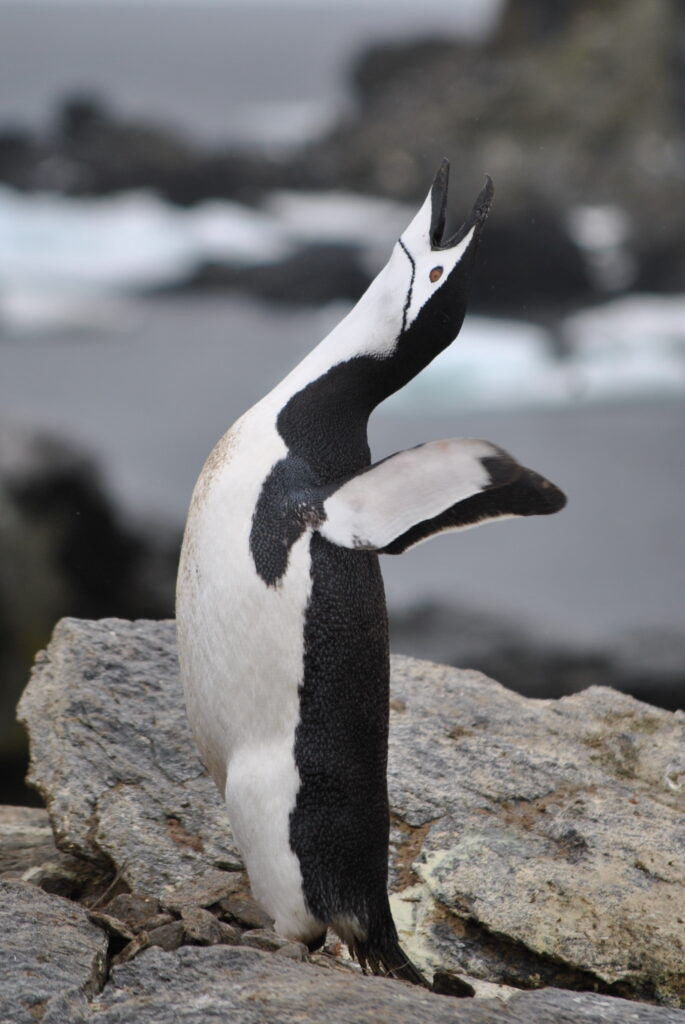 Photo: E. Darelius
Photo: E. Darelius
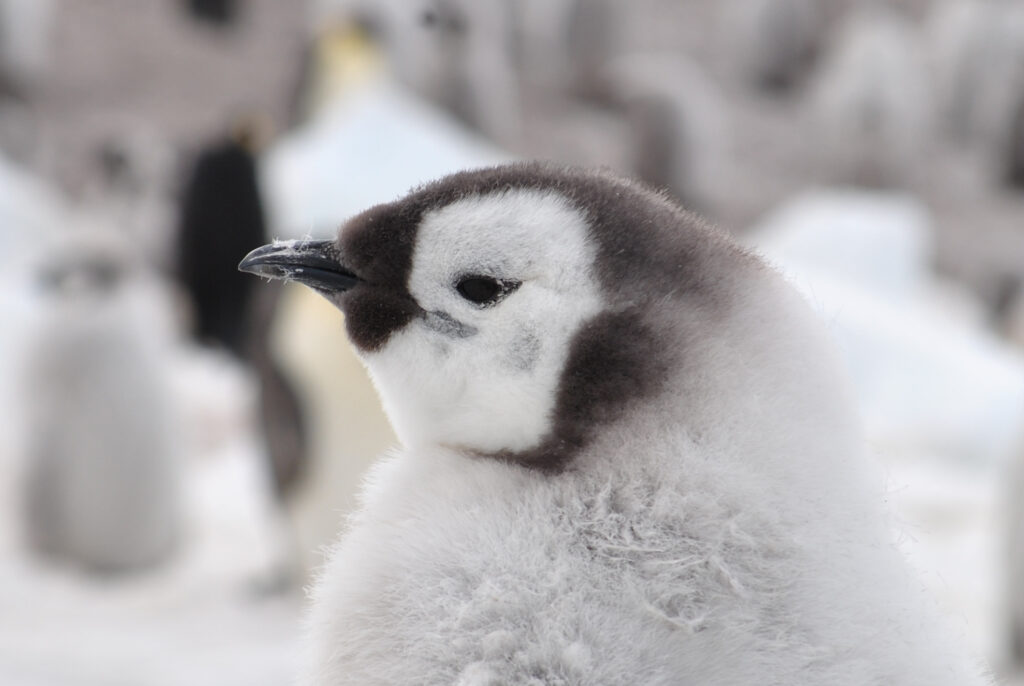 Photo: E. Darelius
Photo: E. Darelius
 Photo: E. Darelius
Photo: E. Darelius
… just had to add this one to show that they are not always cute!

